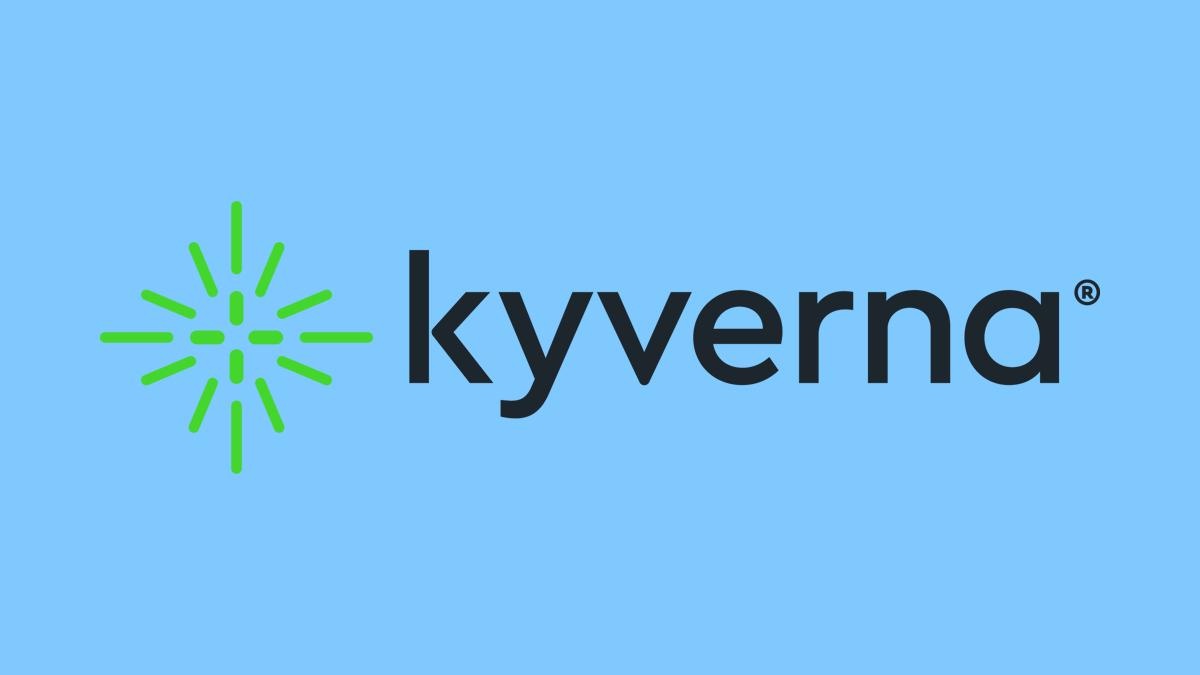AI is the future - but is that future now?

In terms of revolutionary potential, the latest ‘big tech’ wave is getting many in the healthcare industry excited about things to come.
With resurgent technologies like artificial intelligence (AI) and virtual reality being joined by new platforms like instant messaging chatbots and voice-activated assistants, healthcare seems on the brink of a new, digital dawn. Ben Greenberg, vice president of mobile products and user experience at Medscape and WebMD, is one who believes that the new era of technology will change the face of healthcare forever.
An inevitable change
"We are clearly in the midst of a technological revolution," says Greenberg, "but what can we do about it?"
Having spent the past nine-and-a-half years building software that promotes patient wellness and provides decision support to physicians at the point of care, Greenberg has witnessed the growing role of technology in health.
Over that time social media has become the new frontier through which people access their desired health information. But this time is different, according to Greenberg.
"Unlike when 'social' was the buzzword, this new wave of technologies really carries with it a power and inevitability that means we are going to have to embrace it. The only problem is understanding which technologies are going to genuinely be useful and which ones aren't."
By its very nature, WebMD has always attempted to be where people need it to be before they arrive there. For example, the company invested in a Medscape iPhone app while the Blackberry was still the preferred method of doctor communication. The behaviour is the same across all healthcare stakeholders, says Greenberg, and the latest tech represents the next stepping stone.
"All healthcare-related providers want to be already present in the next phase of their market's evolution before their consumer arrives there," says Greenberg. "The new wave is just that – the next phase – and it's too big for us to ignore."
Rise of the bots
So to what technologies is Greenberg referring?
Broadly, he means AI and the multiple technologies it is now transforming.
One of those is the chatbot. Originally developed in the 1960s, the earliest forms often regurgitated nonsensical responses but, thanks to upgrades in understanding of AI and technological expertise, they have now been replaced with far more convincing conversation.
Chatbots have long had a place in many industries - walking consumers through webpages or software packages, for example. Now, healthcare is beginning to take notice of their potential.
Their ability to integrate into globally-available platforms makes chatbots ideal as a triaging service and, according to Greenberg, “one that can draw information from a patient in a matter of minutes.”
As a result, many companies are creating chatbots capable of acting as the first port-of-call for reporting symptoms, before providing a line to GPs or clinicians.
However, the question remains of what happens if a chatbot misinterprets information input, leading users down the wrong conversational path to an incorrect conclusion.
"There is still some work to be done with chatbots, optimising their ability to interpret user intent," Greenberg explains. “Chatbots are an example both of the amazing technology we now have in our hands and the incredible challenge that the industry is facing trying to accommodate it."
Filling the gaps between doctor and patient
One of the biggest promises of AI is the ability to fill in the gaps between doctor and patient to create a complete, holistic care plan.
Technologies such as wearables and fitness trackers are offering providers the ability to build a more accurate view of a patient's health and many are slowly evolving to incorporate this information into personal health records for both doctor and patient.
The new wave of tech is taking this approach and building on it.
One, relatively new, contender is the voice-activated AI personal assistant. First introduced to mainstream use by Apple with Siri, new versions of the technology have since split off into their own products.
Possibly the most notable of these AI assistants is Amazon's Alexa. Using Microsoft’s Bing search engine, Alexa can provide immediate answers to simple questions, including weather updates and traffic conditions, as well as creating to-do lists and playing music on demand.
Its open-source nature makes Alexa particularly attractive for budding developers looking to manipulate the AI to deliver the service they want. As a result, over 10,000 functions – referred to as 'skills' - have been created for Alexa.
But how far can the technology go in healthcare? Greenberg thinks it could be a game changer in patient monitoring: “Products like Amazon’s Echo or Google Home really can change how we fill in the gap between appointments with doctors."
Greenberg's excitement is based on these platforms’ abilities to remind patients to take their medicine, to record their daily experience, and to relay instructions programmed into them by the patient’s doctor.
WebMD is invested in the space, having recently unveiled a new skill capable of relaying information about conditions, treatments and other physician-reviewed information directly from its database to consumers.
“You only have to look at the sheer amount of coverage Alexa got at CES [Consumer Electronics Show] 2017 to know the industry is betting heavily that voice-activated assistants really are the next big thing,” enthuses Greenberg.
A new reality
Alongside chatbots and voice-activated assistants is renewed interest in the virtual and augmented reality landscape.
Like chatbots and voice-activated assistants, virtual reality was once held in the world of science fiction, only becoming a legitimate technology thanks to breakthroughs in AI.
Unlike them, though, virtual reality has only ever been seen as a commodity, being used in the gaming industry since the mid-1900s.
Now, with machine learning algorithms taking into account a user's movements and reactions, virtual and augmented reality solutions are offering potential applications in healthcare.
“Placing patients in an artificial environment has already been shown to have therapeutic effects and, with advances in graphical and AI capabilities, those environments are now producing more tangible emotional responses than ever before,” says Greenberg.
Virtual reality (VR) has been used effectively in cases of opioid abuse, to help curb addiction habits, and in mental health disorders like depression or anxiety to help deal with stress.
Outside therapy, though, Greenberg sees an opportunity for VR in medical education: "We can now have trainee surgeons perform operations on 3D-generated avatars to help improve their skills before going in to surgery with a real human being. This really does represent the next frontier in how we improve our own medical capabilities."
Of course, there is skepticism over the degree to which this new generation of technology can impact healthcare. After all, VR – and AI as it happens – has tried, and failed, multiple times to change the world.
However, Greenberg remains optimistic: “Healthcare has seen a number of ‘revolutions’ in recent years, some of which haven’t delivered. But the sheer power behind this movement and its potential means you definitely don’t want to sit this one out.”
Ben Greenberg will be presenting at this year’s eyeforpharma Barcelona, which is taking place this week. Click here to find out more about the event.












